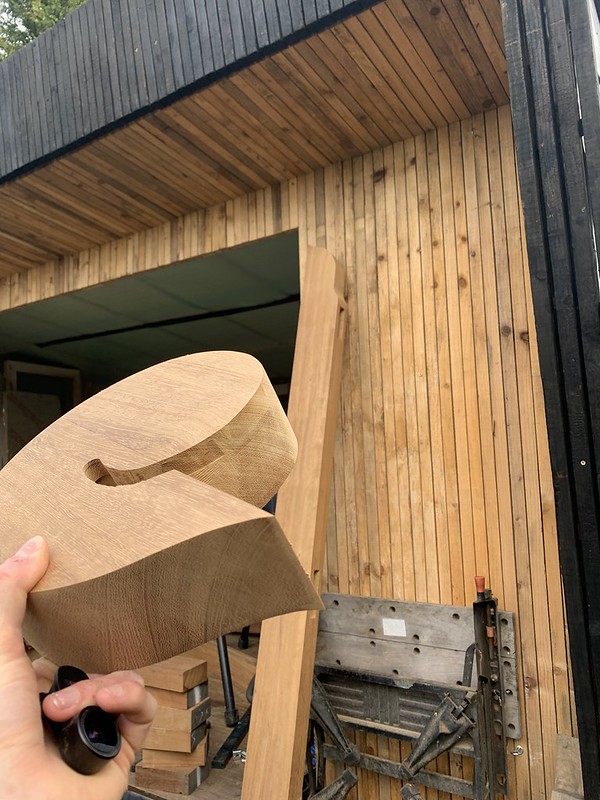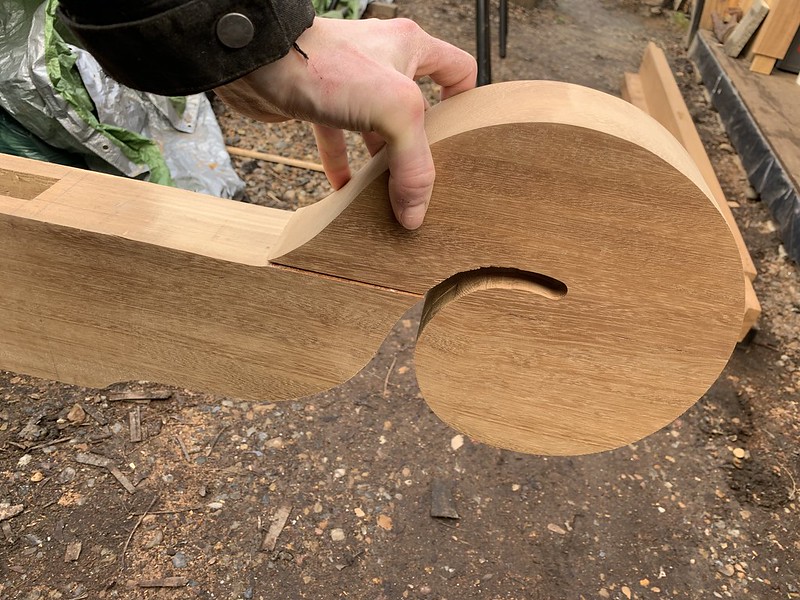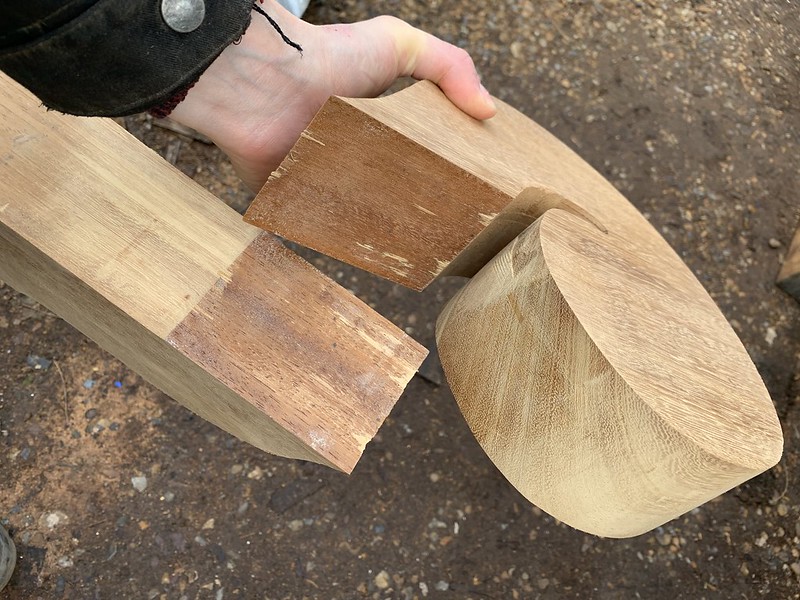SkinnyB
Established Member
First time using Cascamite and I am a very disappointed. Looks like I have got to cut these off and re-glue some how!
Followed all the instructions on the container to the word. Sanded both parts to be glued then wiped before glueing.
Clamped, brought into house and left for 48 hours.
I then cut the shepards crooks yesterday. Went to dry fit the gates this morning and this almost fell on my head!
Different glue? Something I have done wrong? Any help?
I had loads of squeeze out so quantity wasn't an issue. Both faces had previously been through the thicknesser so I know they were flat and looked good on a dry run. As you can see from the pictures it pulled a very little amount of wood with it.
Thanks
 IMG_6776 by jamie skinner, on Flickr
IMG_6776 by jamie skinner, on Flickr
 IMG_6777 by jamie skinner, on Flickr
IMG_6777 by jamie skinner, on Flickr
 IMG_6778 by jamie skinner, on Flickr
IMG_6778 by jamie skinner, on Flickr
Followed all the instructions on the container to the word. Sanded both parts to be glued then wiped before glueing.
Clamped, brought into house and left for 48 hours.
I then cut the shepards crooks yesterday. Went to dry fit the gates this morning and this almost fell on my head!
Different glue? Something I have done wrong? Any help?
I had loads of squeeze out so quantity wasn't an issue. Both faces had previously been through the thicknesser so I know they were flat and looked good on a dry run. As you can see from the pictures it pulled a very little amount of wood with it.
Thanks
 IMG_6776 by jamie skinner, on Flickr
IMG_6776 by jamie skinner, on Flickr IMG_6777 by jamie skinner, on Flickr
IMG_6777 by jamie skinner, on Flickr IMG_6778 by jamie skinner, on Flickr
IMG_6778 by jamie skinner, on Flickr
































